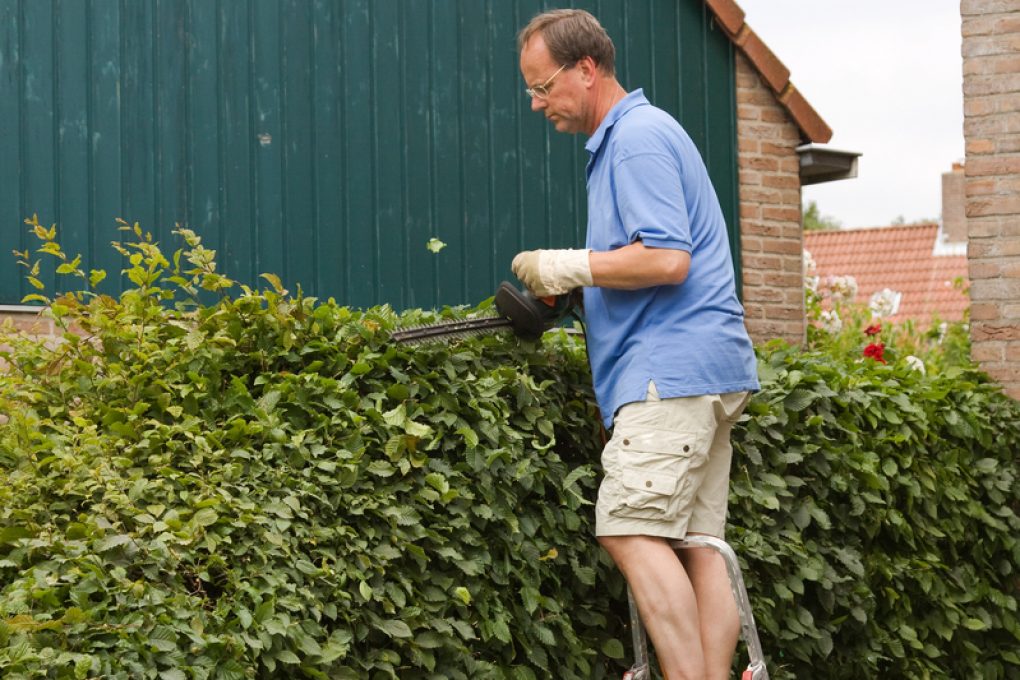Hedges are more than just green boundaries—they’re the silent guardians of privacy, the backbone of garden aesthetics, and a haven for birds and wildlife. But a common dilemma for many homeowners and gardeners in Wolverhampton and across the UK is simple yet crucial: When should you cut hedges? Cut too soon, and you risk stunting growth; cut too late, and you may disturb nesting birds or end up with a scruffy mess.
Understanding the best times to trim your hedges can make a world of difference, not only in your garden’s appearance but in its overall health and biodiversity. In this guide, we’ll take a seasonal journey through the year, helping you master the art and science of hedge trimming with confidence.
The Importance of Timing in Hedge Trimming
Timing is everything when it comes to hedge care. Each season presents different challenges and opportunities. Trim at the wrong time, and you may encourage disease, invite pests, or even break UK wildlife laws. The right approach, however, promotes healthy growth, effective deadwood removal, and stronger hedges that require less intervention later in the year.
Spring: The Season of Caution (March–May)
As spring arrives in Wolverhampton, hedges begin to burst into life. This is a time of rapid growth and rejuvenation, but it’s also when birds start nesting. According to the Wildlife & Countryside Act 1981, it’s illegal to disturb nesting birds—so always check before trimming.
Light trimming or shaping is acceptable early in the season, especially for formal hedges that require neat lines. However, deeper cutting should be avoided until you’re sure there are no active nests. Deadwood removal is ideal in early spring to prepare the hedge for healthy new growth.
Pro tip: Use hand shears instead of electric trimmers when dealing with sensitive periods to avoid disturbing wildlife unnecessarily.
Summer: The Prime Time for Trimming (June–August)
Once nesting season winds down, usually by mid to late July, summer becomes the prime time for hedge trimming in Wolverhampton. At this stage, most shrubs have completed their growth spurt, allowing you to shape hedges without encouraging excessive regrowth.
This is especially true for evergreen hedges like box, privet, and yew. Trimming now ensures your hedges remain tidy well into autumn. For fast-growing species such as leylandii, you may need to trim more than once over the summer.
Ensure your tools are sharp and clean to make precise cuts and reduce the risk of infection. It’s also wise to hydrate your plants after trimming—particularly during heatwaves.
Autumn: The Tidy-Up Period (September–November)
Autumn is often overlooked, but it’s actually one of the best times for tree pruning and final hedge shaping. Temperatures drop, growth slows, and there’s a reduced risk of shocking the plant.
This season is ideal for preparing your garden for winter. Trim back untidy branches, conduct any structural shaping, and remove dead or diseased wood. For deciduous hedges, this can also be the best time to make more aggressive cuts to rejuvenate the plant without risking frost damage.
Winter: Proceed with Caution (December–February)
Winter is a time of rest for most plants, and that includes your hedges. Trimming during a hard frost can damage the branches, so it’s crucial to wait for milder spells if you need to prune during this time.
That said, winter can be useful for deadwood removal and light structural pruning on deciduous hedges while they are dormant. With leaves gone, you can clearly see the plant’s framework and make strategic cuts to guide spring growth.
Avoid trimming evergreen hedges too late into winter, as fresh cuts can be vulnerable to frost. If you’re unsure, it’s best to consult a professional for guidance.
Real-World Example: Hedge Cutting in Wolverhampton
Last year, a homeowner in Tettenhall delayed trimming their large laurel hedge until early August to protect nesting birds. By timing the trim post-nesting season, they not only complied with local conservation rules but also saw improved hedge density and shape by autumn. It’s a perfect example of how understanding local wildlife and seasonal growth can influence better hedge management.
Why Timing Affects More Than Just Aesthetics
It’s easy to think of hedge trimming as purely cosmetic. But there’s a deeper layer to consider:
- Deadwood removal reduces the risk of disease and pest infestation.
- Proper timing allows for controlled shaping without stimulating too much late-season growth.
- Trimming too early in spring or too late in winter can expose plants to frost damage or disease.
- Summer trimming can create a fuller, bushier look that enhances privacy and garden symmetry.
When well-timed, trimming becomes part of a sustainable garden care routine that benefits both your landscape and local ecosystem.
Final Thoughts: Take a Thoughtful Approach
If you’re still wondering when should you cut hedges—remember, your garden will tell you if you listen. Observe its rhythm, take note of the wildlife, and match your efforts with the natural growth cycles. Whether it’s trimming a formal hedge around a Georgian townhouse or managing an informal row of hawthorn in the Wolverhampton suburbs, timing is crucial.
Why Choose Us – Hedge Care Experts in Wolverhampton
At Tree Surgeon Wolverhampton, we understand the unique rhythms of local gardens. With years of hands-on experience in hedge trimming, tree pruning, and deadwood removal, we tailor our services to match seasonal needs and environmental responsibilities. We take pride in not just cutting hedges, but nurturing them.


Comments are closed